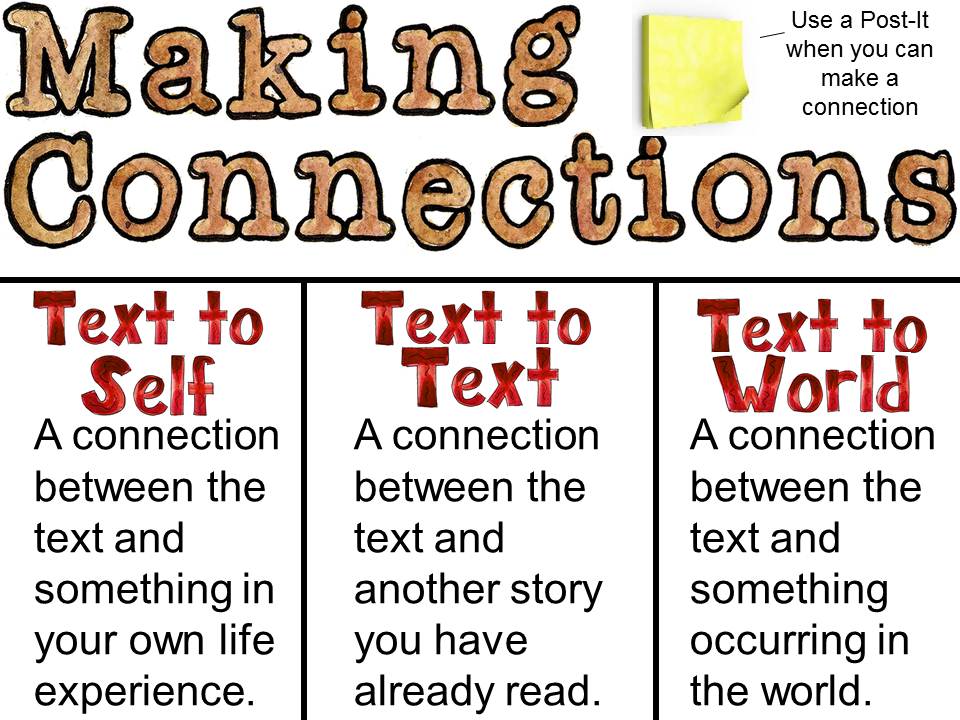
Making Connections Worksheet / Making Connections Reading Worksheet Pack Google Slides Distance
The STEM Connections report, illustrations of practice and work samples available on this page are products of the project. The illustrations of practice explore the experiences of five of the participating schools and the work samples provide examples of integrated STEM tasks. The interdisciplinary nature of STEM in these projects is evident.
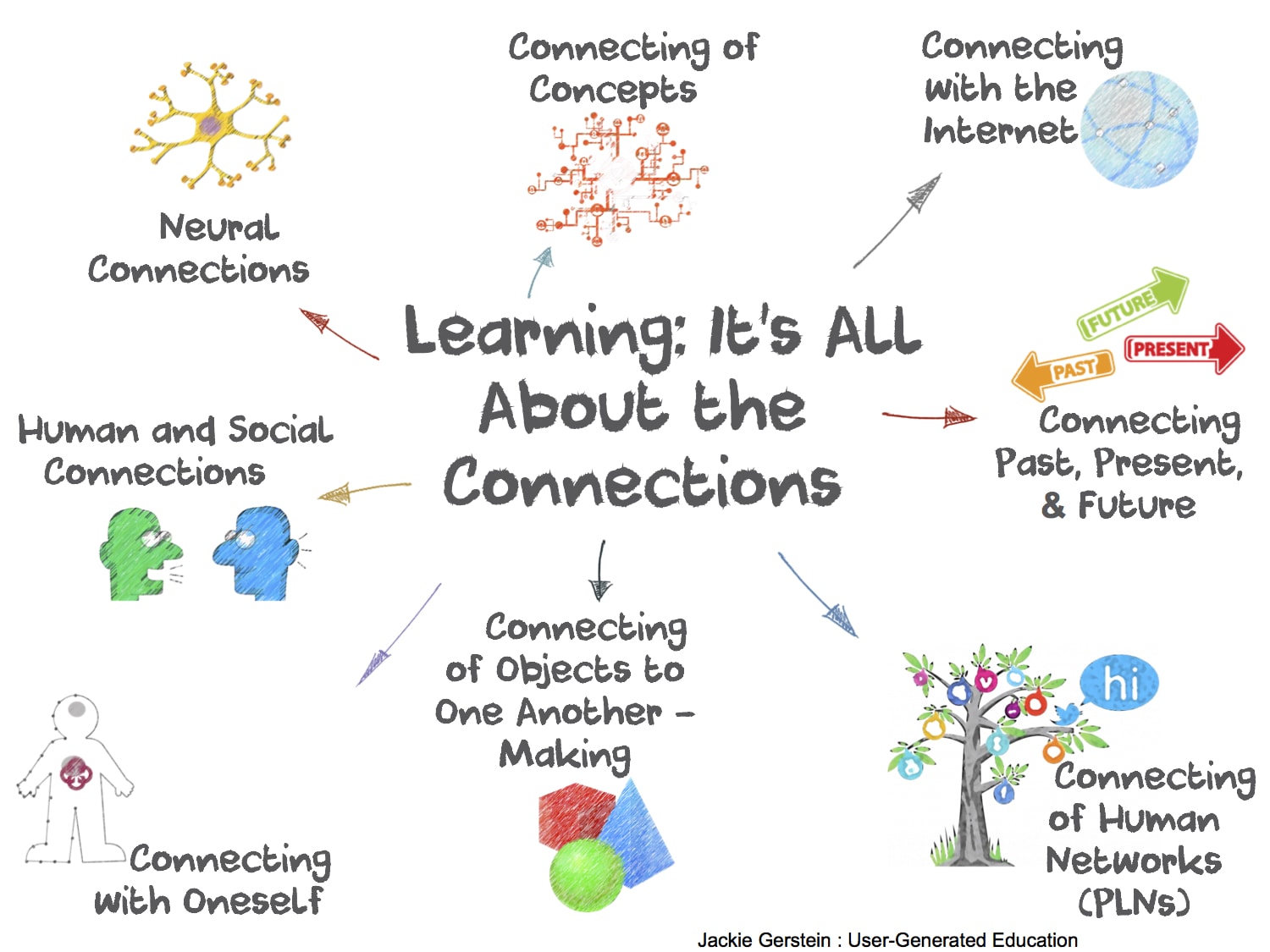
What’s a concept map? Let’s find out... Blog
An introduction to the concept of an ecosystem, exploring different types and looking at the connections between the living and non-living components of an ecosystem. Suitable for teaching science.

Science cover, Science, Connection
Background Around the world, efforts are underway to include engineering design as part of elementary science instruction. A common rationale for those efforts is that Engineering Design-based Science Teaching (EDST) is a productive pedagogical approach for developing students' understanding of core science concepts. Effectively utilizing EDST requires that teachers develop design activities.
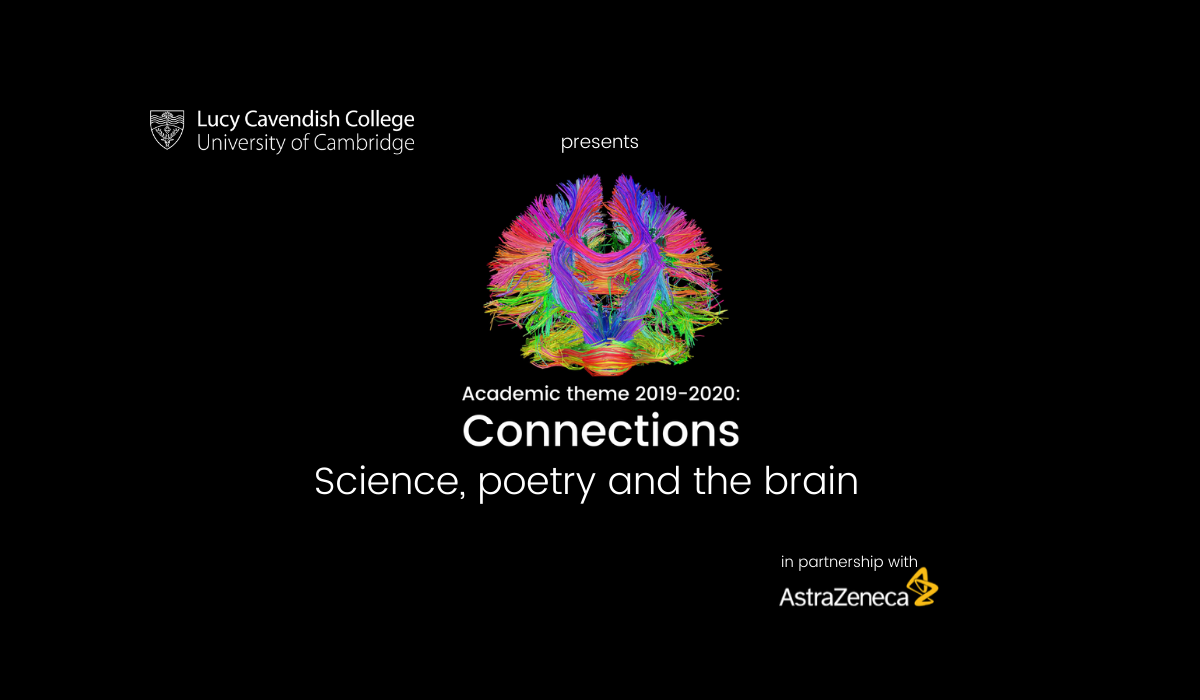
Connections Science, Poetry and the Brain Lucy Cavendish
Now let's see some examples of how PhD Science incorporates cross-content connections into science instruction. Core Texts PhD Science purposefully incorporates award-winning trade texts into instruction to reinforce students' literacy skills and provide an additional entry point for students when learning about phenomena.

An idea to illustrate how science connects Interdisciplinary learning, What is technology
By making science more transparent and more accessible, the UNESCO Recommendation on Open Science will make science more equitable and inclusive. Through open science, scientists and engineers use open licenses to share their publications and data, software and even hardware more widely. Open science should, thus, enhance international.
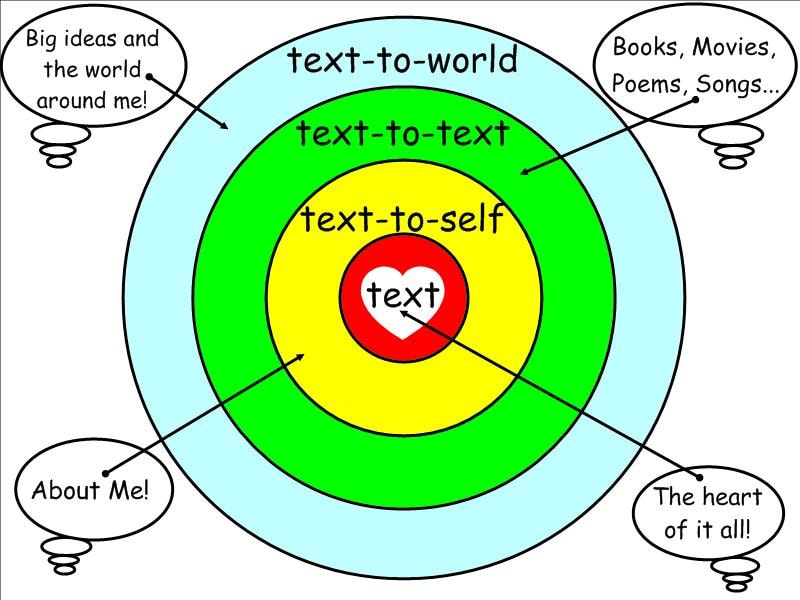
Making Connections (Week 11)
1. Life cycles At its very simplest, a life cycle is what connects a caterpillar to a butterfly, a tadpole to a frog or a chicken to an egg. We've lots of activities which explore life cycles, looking at animals but also plants. Simply search for 'life cycle'.

Case Study Two FENIX GROUP INTERNATIONAL
Air, food, water, shelter. This unit explores how animals, including humans, use their senses to find what they need to survive. That's my hat! Chemical sciences Foundation It's party time! Explore the observable properties of materials and how these properties influence the way a material is used.

Brain connections Stock Image F002/4549 Science Photo Library
Introduction. Using a science journal provides an opportunity for students to be engaged in a real science situation as they keep a record of their observations, ideas and thoughts about science activities. Students can use their science journals as a useful self-assessment tool as they reflect on their learning and how their ideas have changed.
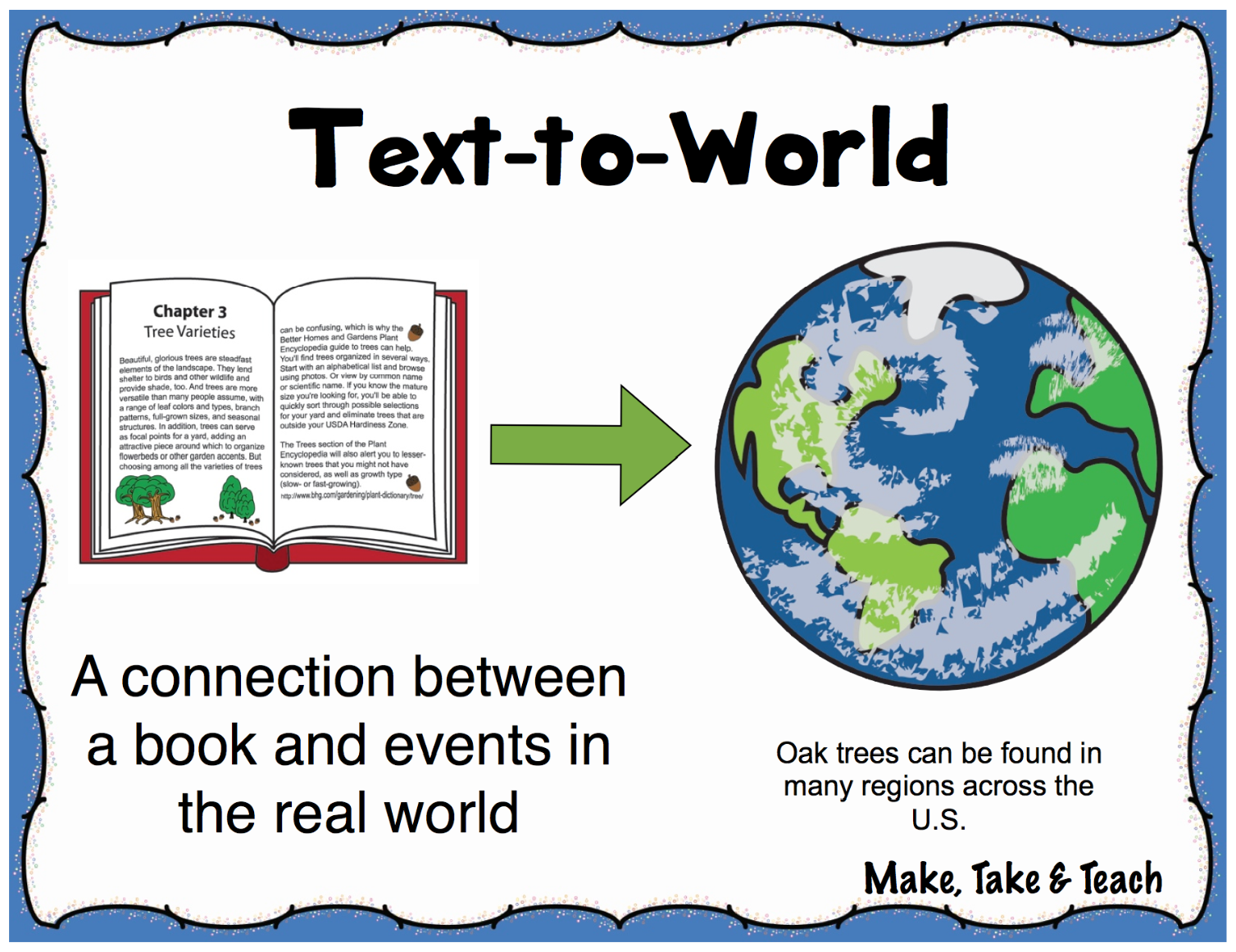
Activating Background Knowledge A Step to Improving Reading Comprehension Make Take & Teach
Educational Resources Teaching STEM Making Connections Teaching STEM Making Connections Students making connections (damircudic, iStockphoto) Format Text Share on: The ability to make connections involves a process of connecting prior knowledge to new knowledge and experiences. Definition

Case study showing the science connections for project (NSW Grazing... Download Scientific Diagram
One novel course, for example, challenges students in computer science, music, mechanical engineering, and interactive multimedia to work collaboratively in teams to design robots that can conduct the TCNJ Orchestra.

Teaching Students to Make Connections Raise the Bar Reading
Phenomena-centered classrooms allow learners to use scientific practices to connect science content with meaningful experiences in their own lives, their communities, and society (Achieve et al. 2016). Further extending those connections to social phenomena can support a more equitable learning environment by reinforcing how our differences can.
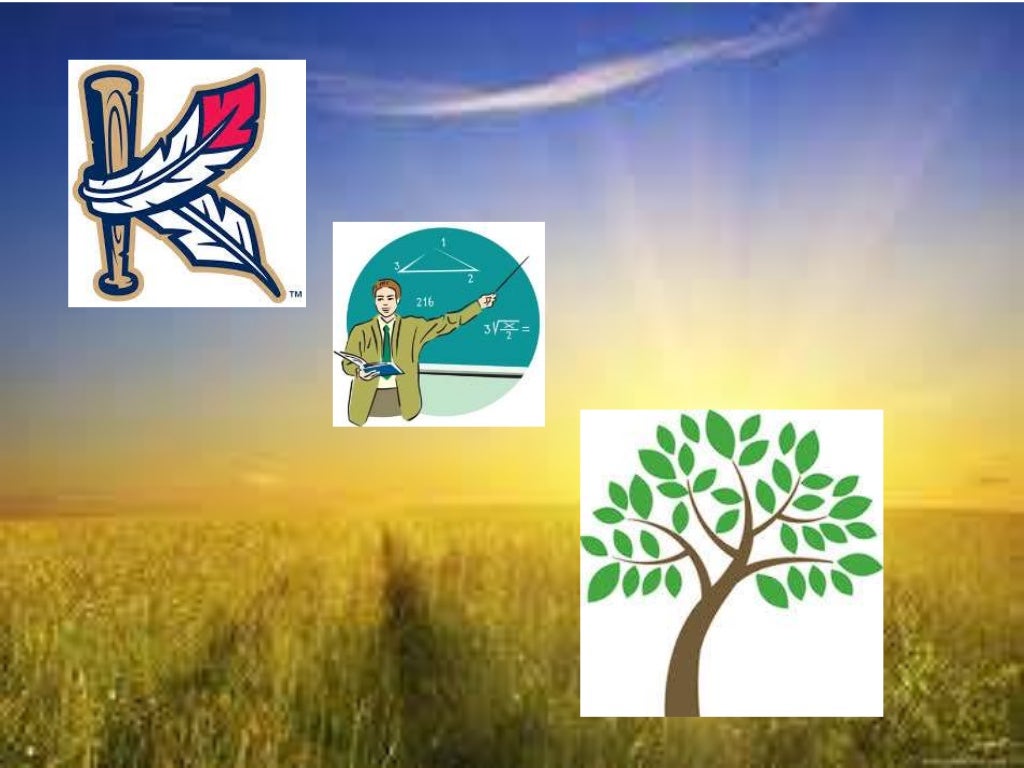
Science connections
Read on to explore our collection of Quick and Easy STEM lessons and student activities, organized by grade band. Get everything you need to guide students through standards-aligned lessons featuring connections to real NASA missions and science as well as links to student projects, which can be led by teachers or assigned as independent.

Science connections
Use visuals: A picture speaks a thousand words and often students engage immediately with visuals. News footage, videos (documentaries), virtual reality and photos are all great stimuli to get students thinking about the science topic in the real-world context. Having a toolbox of appropriate, engaging science articles and visuals will help.
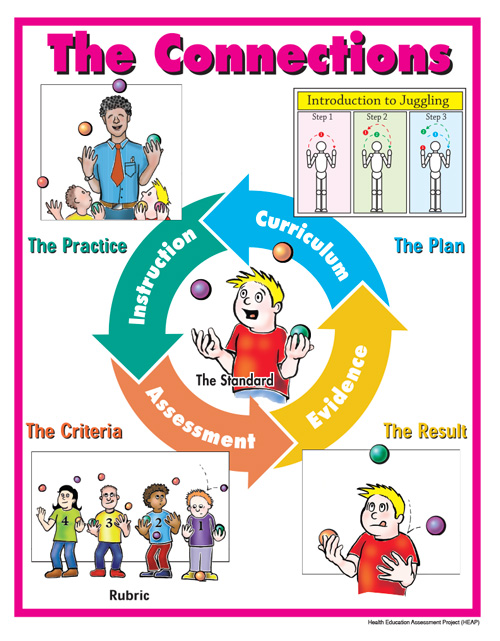
The Connections Poster
Developing a holistic science identity Within the classroom, it is a challenge to connect students, connect with our students and connect with the outside community. However, this type of.

Untitled Document [www.csun.edu]
Professional Learning Primary Connections' professional learning is designed to build teacher confidence and student learning outcomes in science and literacy. It is grounded in practice and focussed on meeting teachers' changing need in organic and evolving learning and teaching environments.

what is food chain_ Leverage Edu
Art and science have coexisted, often indistinguishable from each other, across time and space. A wealth of early documented examples comes from the Islamic culture, where art and science joined in intricate star‐shaped architectural geometries, and the use of "Nur" (light) and material science to design utensils and lettering in manuscripts 2.